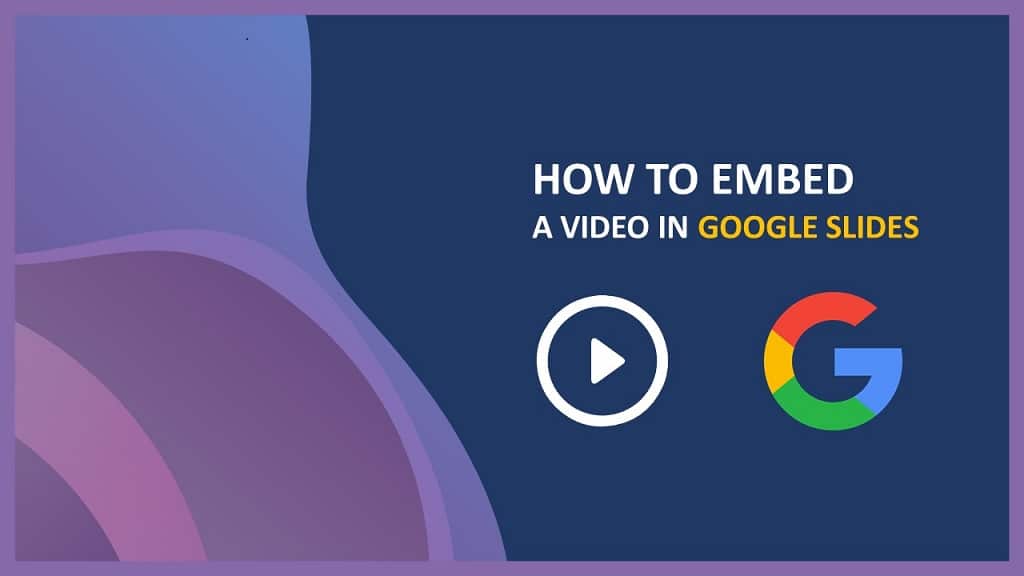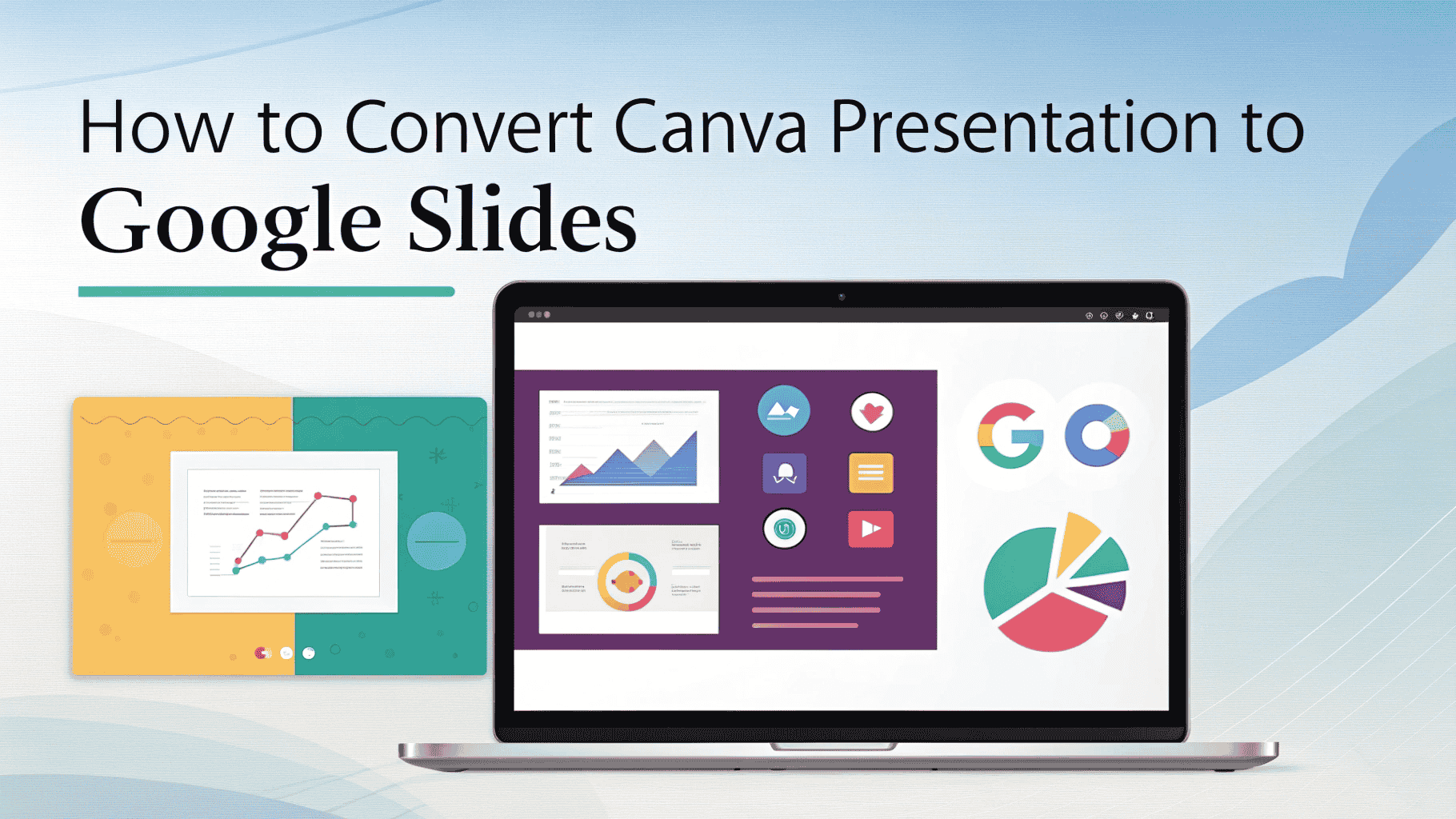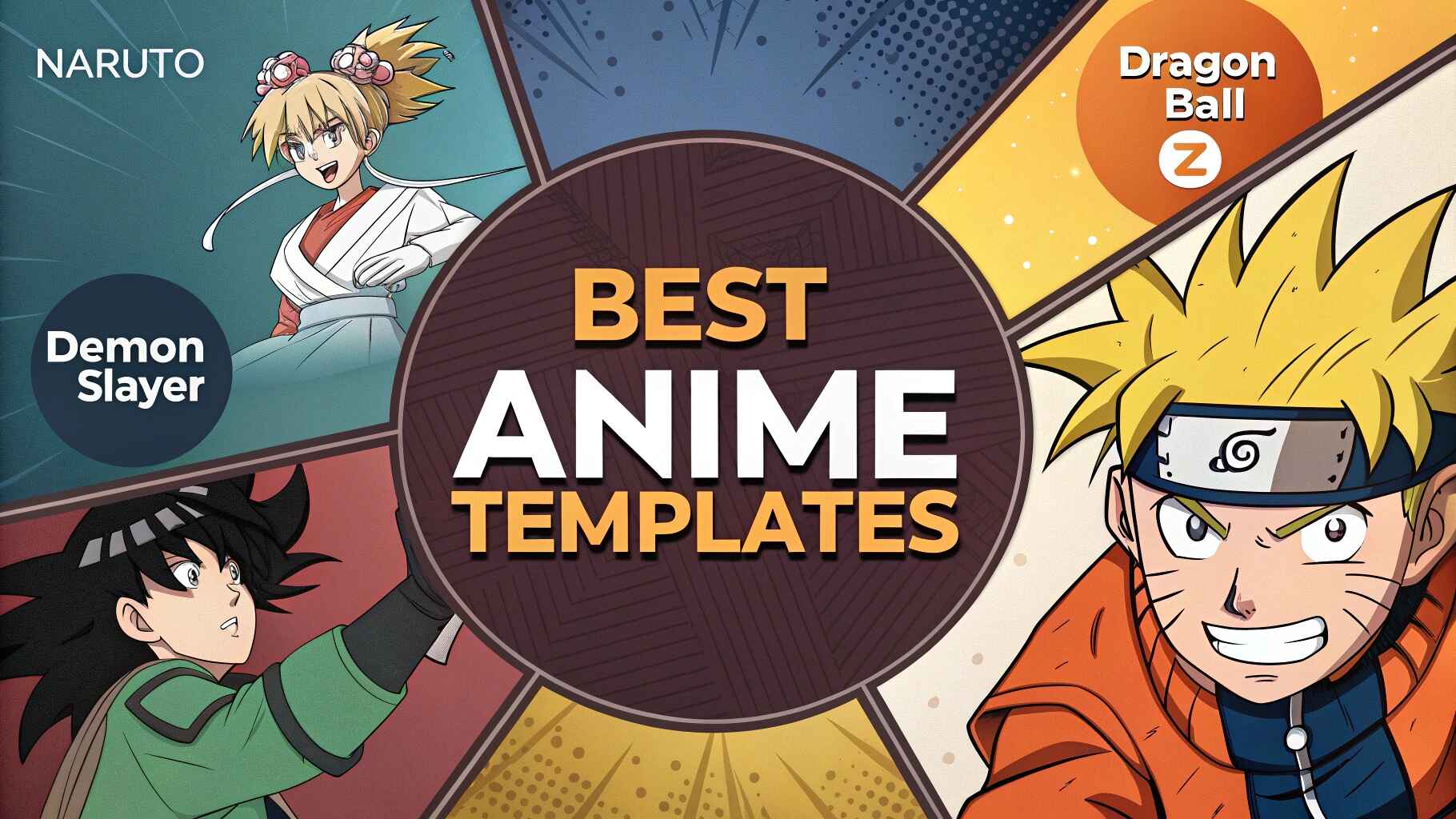Easy Hacks to Make School Presentations Best – Free Interactive Presentation Templates
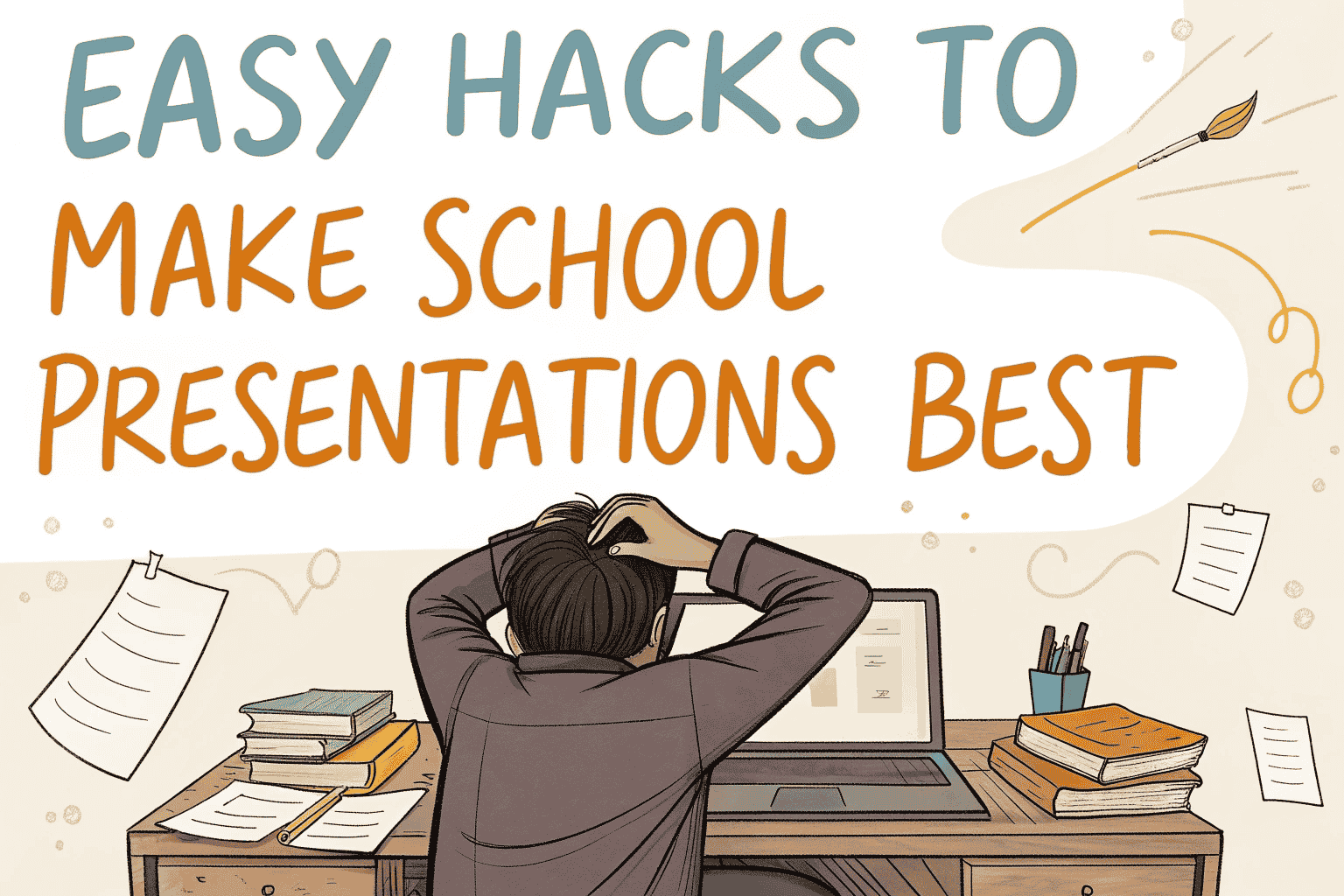
Easy Tips Make School Presentation Visually Appealing. Free Interactive Presentation Templates Also Added
It’s holiday time in many parts of the world, and while you might be dreaming of beaches or cozying up watching your favorite Netflix series, you might also have a nagging assignment in the back of your mind: a school presentation. School presentations!!! The words can fill some of us with dread, while others might just see them as another assignment.
But what if I told you that with a little planning and the right techniques, you can turn any presentation into an opportunity to shine? It’s not just about getting a good grade; it’s about learning to communicate your ideas effectively – a skill that will serve you long after you leave school.
So, ditch the nerves and let’s dive into how you can create and deliver a presentation that truly stands out!
Ultimate Step By Step Guide to Make School Presentations Rocking
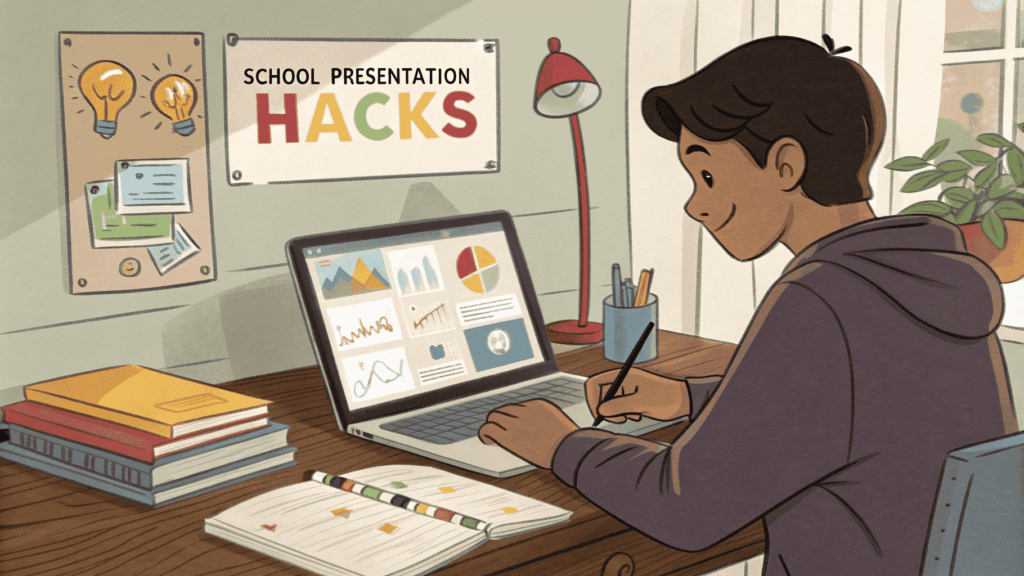
Understand Your Assignment (and Your Audience!)
Before you even think about opening a presentation software, hit pause and ask yourself these crucial questions:
- What’s the Goal? Is it to inform, persuade, entertain, or demonstrate something? Understanding the objective will shape your entire presentation.
- What are the Requirements? How long should it be? Are there specific topics you must cover? What resources can you use? Don’t lose easy points by overlooking the rubric!
- Who is Your Audience? Are you presenting to your classmates, your teacher, or a mix? Tailor your language, examples, and level of detail to what they already know and what will resonate with them. Talking about quantum physics to a group of elementary schoolers might not go so well!
Research, Brainstorm & Outline
- Gather Your Information: Whether it’s textbooks, reputable websites, articles, or interviews, collect all the information you need. Don’t just copy-paste; read, understand, and summarize in your own words.
- Brainstorm Key Points: Once you have your research, identify the 3-5 most important points you want your audience to remember. These will form the backbone of your presentation.
- Create a Logical Outline: Think of your presentation like a story with a beginning, middle, and end.
- Introduction: Hook your audience! State your topic, why it’s important, and what you’ll be covering.
- Main Body: Dedicate a few slides (or sections) to each of your key points. Support each point with facts, examples, and illustrations. Make sure there’s a smooth flow from one point to the next.
- Conclusion: Summarize your main points, reiterate your key message, and leave your audience with something to think about (a call to action, a powerful statement, or a question).
Design Your Slides for Impact
Your slides are a visual aid, not your entire script. Keep them clean, concise, and easy to read. For some, creating eye-catching slides can be a troublesome task — but don’t worry! You can explore SlideChef’s free education templates library for amazing school presentation designs.
Keep it Simple: Avoid text-heavy slides. Use bullet points, short phrases, and keywords. The “6×6 rule” (no more than 6 bullet points per slide, no more than 6 words per bullet) is a good starting point.
Visual Appeal:
- High-Quality Images/Graphics: Use relevant, high-resolution visuals that enhance your message, not distract from it. Make sure you have the right to use them!
- Consistent Theme: Stick to a consistent color scheme, font style, and layout. This makes your presentation look professional and cohesive.
- Readability: Choose clear, legible fonts (e.g., Arial, Calibri, Helvetica). Use a large enough font size (at least 24pt for body text). Ensure good contrast between text and background.
Avoid Distractions: Resist the urge to use excessive animations, sound effects, or clashing colors. They often do more harm than good.
Practice, Practice, Practice!
This is arguably the most critical step. Knowing your material cold will boost your confidence and make your delivery smooth.
- Rehearse Aloud: Don’t just read through your notes in your head. Say it out loud. This helps you identify awkward phrasing, check your timing, and remember what comes next.
- Time Yourself: Ensure you’re within the allotted time. If you’re too long, trim content. Too short? Add more examples or elaboration.
- Practice with Visuals: Go through your presentation with your slides. Make sure you know when to advance slides and how to integrate your visuals seamlessly.
- Get Feedback: Present to a family member, friend, or even in front of a mirror. Ask them for honest feedback on your clarity, pacing, and body language.
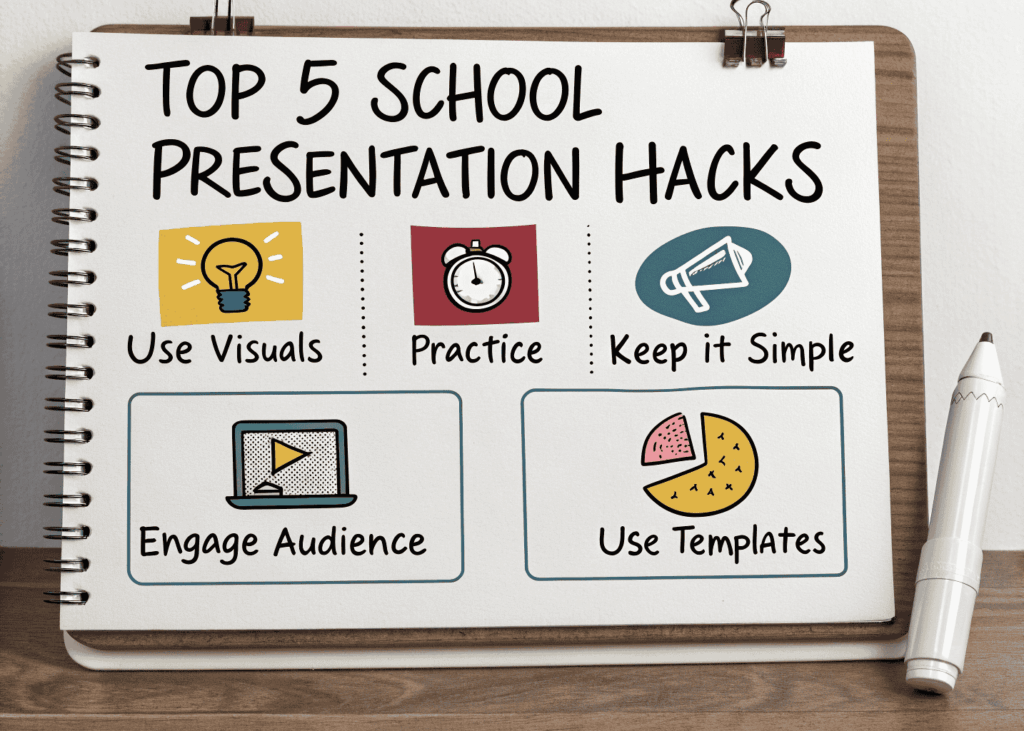
- Anticipate Questions: Think about what questions your audience might ask and prepare concise answers.
Deliver With Confidence
- Start Strong: Grab attention with an interesting fact, a compelling question, or a short anecdote.
- Make Eye Contact: Connect with different people in your audience. This shows confidence and engagement.
- Speak Clearly and Loudly: Project your voice. Don’t mumble or rush. Vary your tone and pace to keep it interesting.
- Use Gestures (Naturally!): Hand gestures can emphasize points, but avoid fidgeting or excessive movements.
- Move Purposefully: If appropriate, move around a little, but don’t pace aimlessly.
- Don’t Just Read: Your slides are for the audience; your notes are for you. Engage with your audience, elaborate on your points, and show your passion for the topic.
- Handle Questions Gracefully: Listen carefully to the question. If you don’t know the answer, it’s okay to say, “That’s a great question, and while I don’t have the exact answer right now, I can look into it for you.”
- End Strong: Reiterate your main message and leave a lasting impression. Thank your audience for their time.
Design Your Slides for Impact
Your slides are a visual aid, not your entire script. Keep them clean, concise, and easy to read. For some, creating eye-catching slides can be a troublesome task — but don’t worry! You can explore SlideChef’s free education templates library for amazing school presentation designs.
- Keep it Simple: Avoid text-heavy slides. Use bullet points, short phrases, and keywords. The “6×6 rule” (no more than 6 bullet points per slide, no more than 6 words per bullet) is a good starting point.
- Visual Appeal:
- High-Quality Images/Graphics: Use relevant, high-resolution visuals that enhance your message, not distract from it. Make sure you have the right to use them!
- Consistent Theme: Stick to a consistent color scheme, font style, and layout. This makes your presentation look professional and cohesive.
- Readability: Choose clear, legible fonts (e.g., Arial, Calibri, Helvetica). Use a large enough font size (at least 24pt for body text). Ensure good contrast between text and background.
- Avoid Distractions: Resist the urge to use excessive animations, sound effects, or clashing colors. They often do more harm than good.
Practice, Practice, Practice!
This is arguably the most critical step. Knowing your material cold will boost your confidence and make your delivery smooth.
- Rehearse Aloud: Don’t just read through your notes in your head. Say it out loud. This helps you identify awkward phrasing, check your timing, and remember what comes next.
- Time Yourself: Ensure you’re within the allotted time. If you’re too long, trim content. Too short? Add more examples or elaboration.
- Practice with Visuals: Go through your presentation with your slides. Make sure you know when to advance slides and how to integrate your visuals seamlessly.
- Get Feedback: Present to a family member, friend, or even in front of a mirror. Ask them for honest feedback on your clarity, pacing, and body language.
- Anticipate Questions: Think about what questions your audience might ask and prepare concise answers.
Deliver With Confidence
- Start Strong: Grab attention with an interesting fact, a compelling question, or a short anecdote.
- Make Eye Contact: Connect with different people in your audience. This shows confidence and engagement.
- Speak Clearly and Loudly: Project your voice. Don’t mumble or rush. Vary your tone and pace to keep it interesting.
- Use Gestures (Naturally!): Hand gestures can emphasize points, but avoid fidgeting or excessive movements.
- Move Purposefully: If appropriate, move around a little, but don’t pace aimlessly.
- Don’t Just Read: Your slides are for the audience; your notes are for you. Engage with your audience, elaborate on your points, and show your passion for the topic.
- Handle Questions Gracefully: Listen carefully to the question. If you don’t know the answer, it’s okay to say, “That’s a great question, and while I don’t have the exact answer right now, I can look into it for you.”
- End Strong: Reiterate your main message and leave a lasting impression. Thank your audience for their time.
Make School Presentations Stunning With these Free Educational Presentation Templates
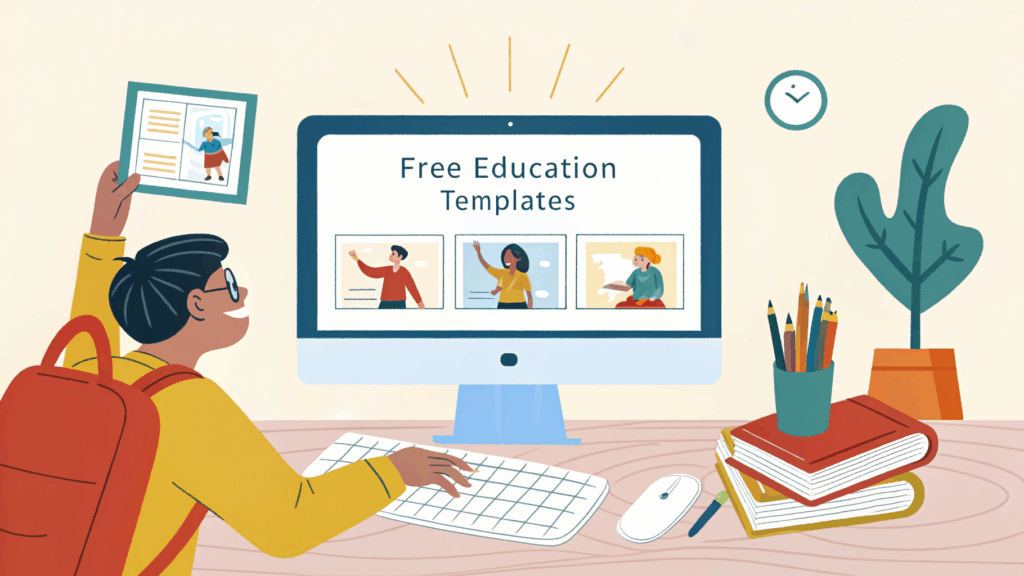
Now creating eye-catching presentation is made super-easy thanks to SlideChef’s Free Educational templates library.
Here you find treasure trove of free educational templates that can give your presentation a polished and visually appealing look.
These engaging presentations PowerPoint and Google Slides gives a great starting point, ensuring consistency in fonts, colors, and layout, allowing you to focus more on refining your content. They can save your valuable time and effort, letting your ideas shine through a well-structured and attractive design.
To help you get started, we have listed some of the best free educational templates you absolutely shouldn’t miss out on, compatible with popular presentation software like Google Slides and PowerPoint.
Biology Lesson Presentation Template
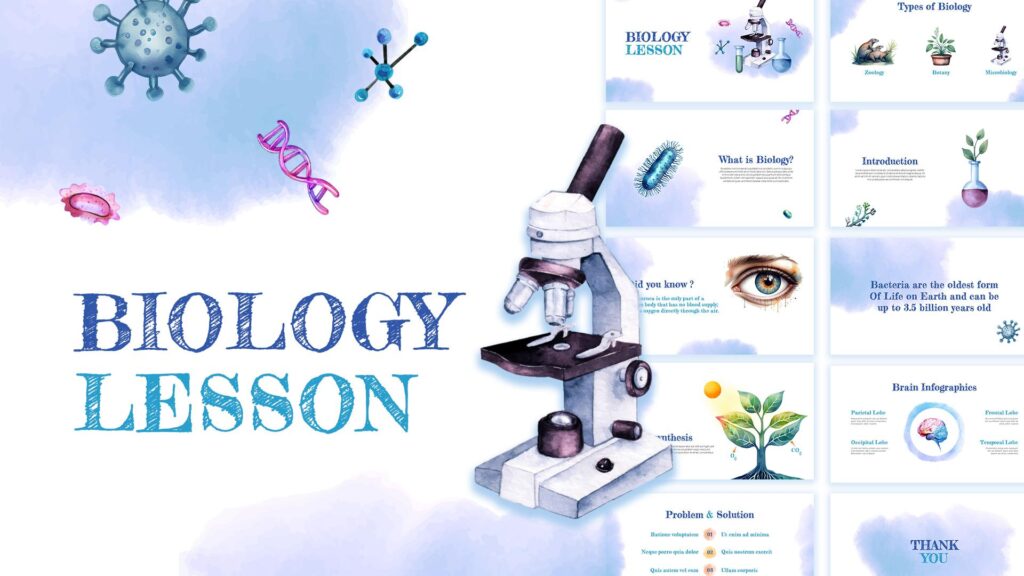
Say goodbye to dull textbooks and endless notetaking! This free Biology templates are packed with visually stunning graphics, interactive elements, and customizable layouts that cater to different learning styles. From captivating images of microscopic worlds to mind-blowing biological processes, every slide is crafted to keep students hooked.
Free Animated Alphabet Letters Template
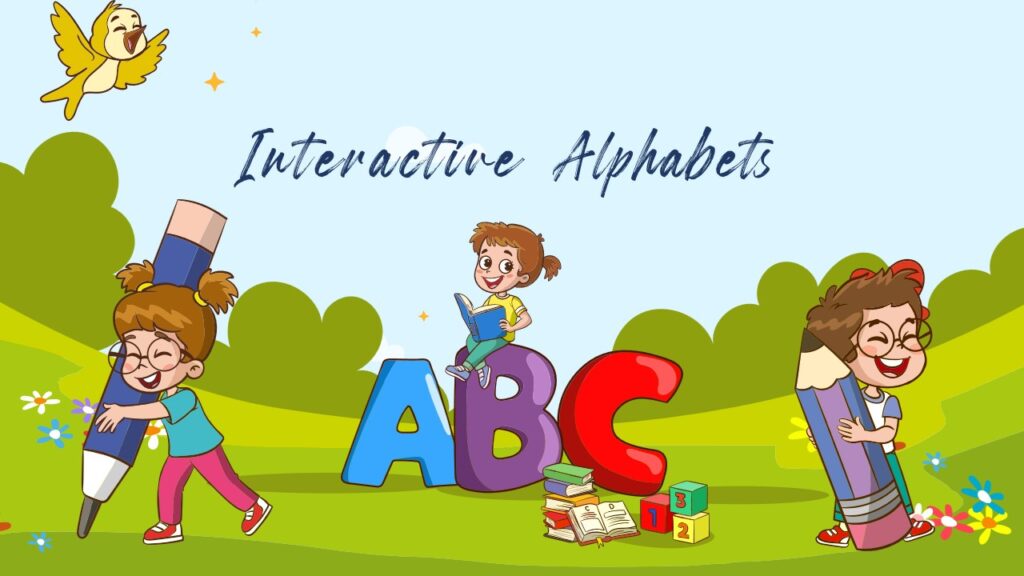
Its the Alphabet that kids first learns in school. Make it more memorable and entertaining, with this free animated Alphabet letters template.
White Paper Presentation Template
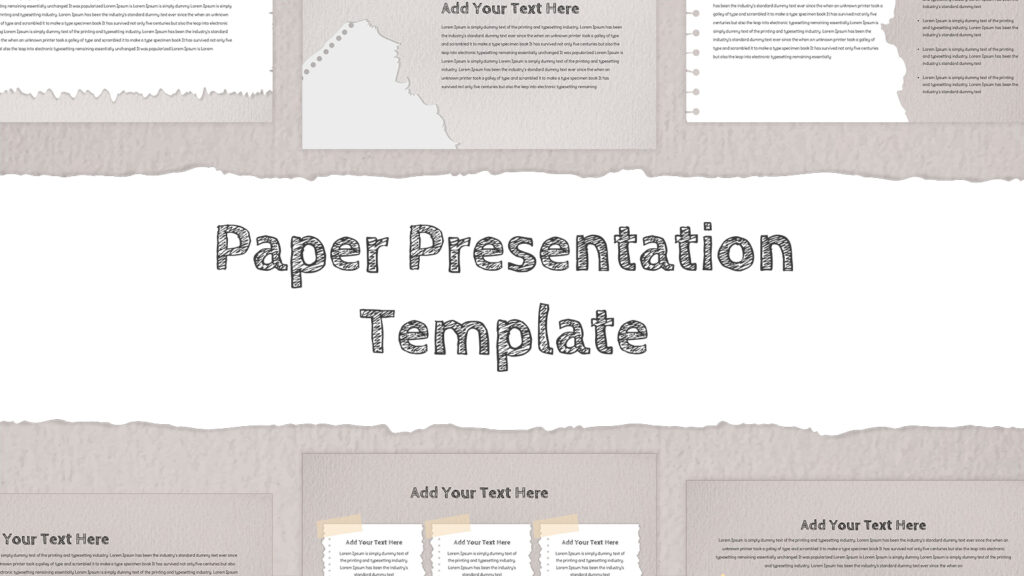
Give your presentation resemblance of traditional notebook with this free White White Paper presentation template. Here you find notebook torn paper design, sticking pages and worn-out aesthetic, that guarantees to make your educational presentation more engaging and memorable.
Guess the Body Part Quiz Game
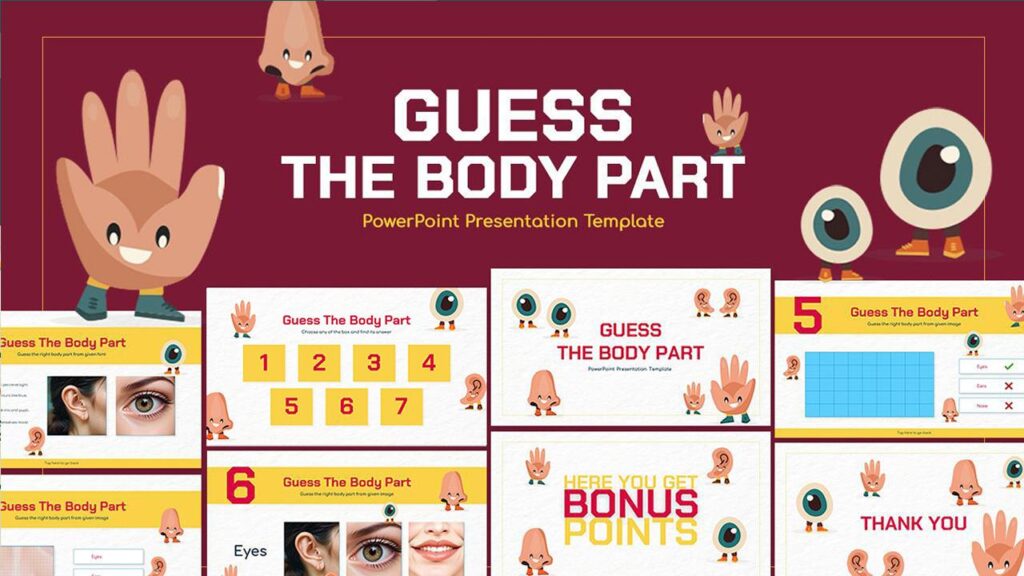
Learning human anatomy can be confusing. Enhance lessons on human anatomy with our engaging and educational Guess the Body Part game Template. This body part game quiz template is perfect for anyone looking to learn or teach about the different parts of the human body. Ideal for classrooms, home-schooling, or family schooling, our quiz templates make learning about body parts exciting and enjoyable.
Free Chemistry Periodic Table Template
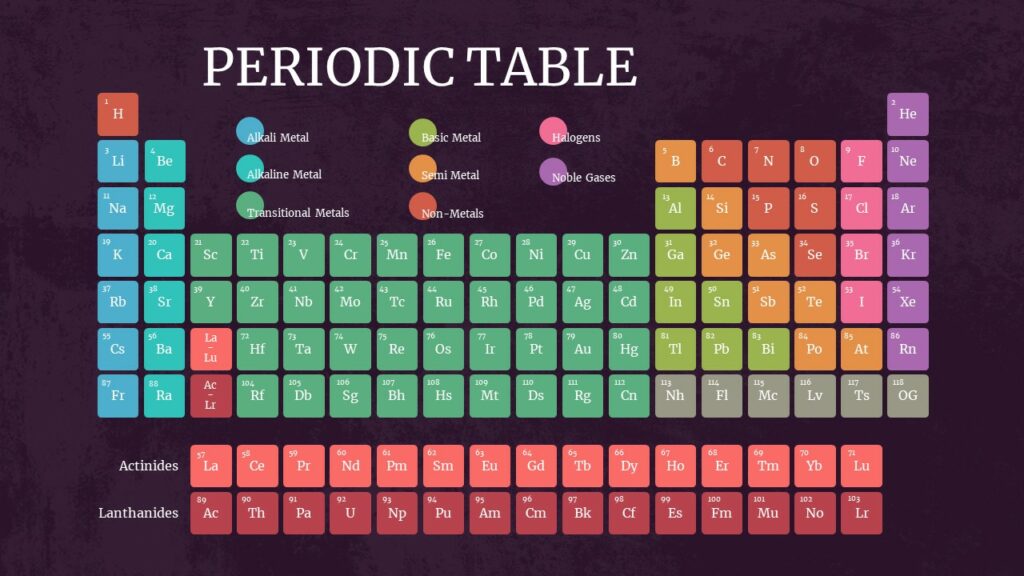
”Periodic table”, still the name is nightmare for many students. But don’t fret SlideChef brings you free Chemistry Periodic table template so you can learn Periodic with team, teach students about the chemicals. This periodic table template is a valuable resource for anyone studying chemistry at the high school level or for teachers taking Chemistry lessons.
Free History Lesson Template
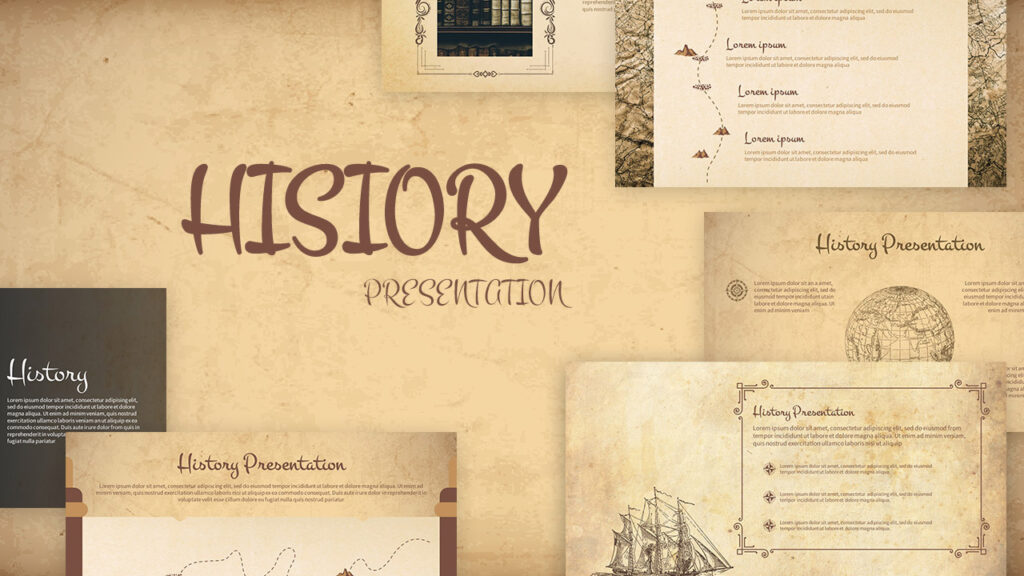
Reading History lesson is the most mundane task. But being boring its important to learn too. But not now, this free History lesson template provides a dynamic canvas for delivering engaging history lessons and presentations.
Free Anime Theme Presentation Templates

Anime themed presentation templates can be best for making presentation more engaging specially for school students. Seeing their favourite anime characters in screen can boost their interest for the presentation.
Final Words
Crafting an excellent school presentation isn’t a superpower reserved for a few; it’s a skill that anyone can develop with practice and preparation. By following these steps, you’ll not only make school presentations best but also build confidence that will serve you well in all areas of your academic and future life. Go out there and impress them!
What’s the toughest part about presentations for you?





